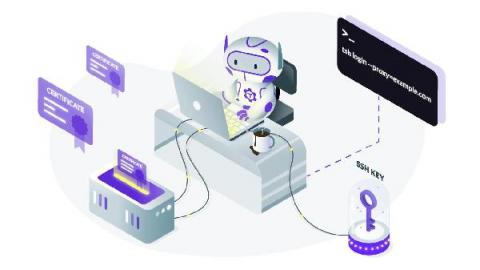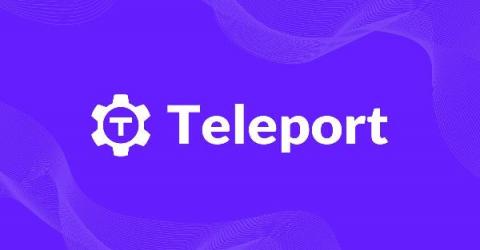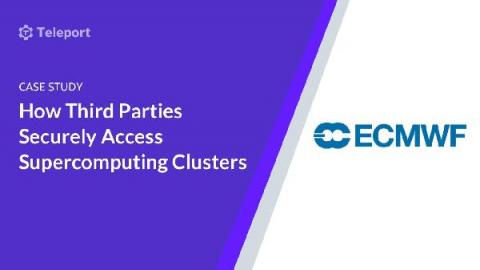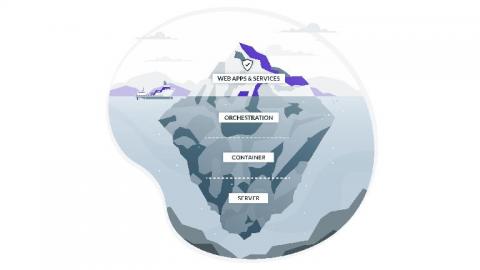CSRF Attack Examples and Mitigations
Cross-Site Request Forgery (CSRF) attacks allow an attacker to forge and submit requests as a logged-in user to a web application. CSRF exploits the fact that HTML elements send ambient credentials (like cookies) with requests, even cross-origin. Like XSS, to launch a CSRF attack the attacker has to convince the victim to either click on or navigate to a link.










